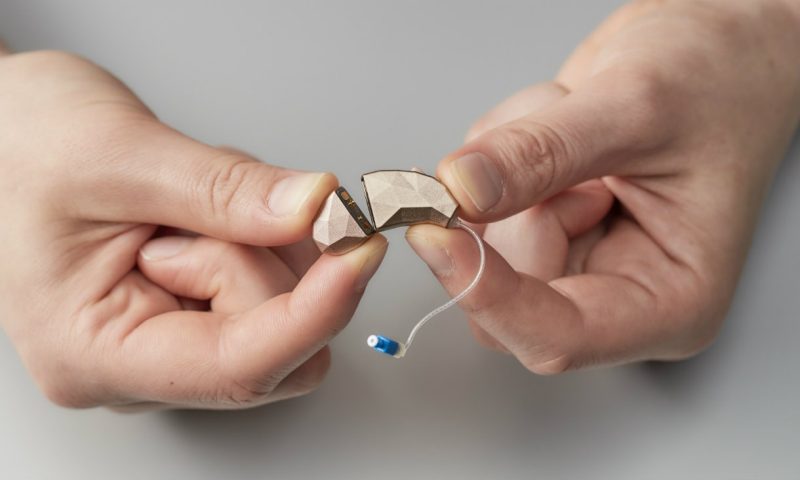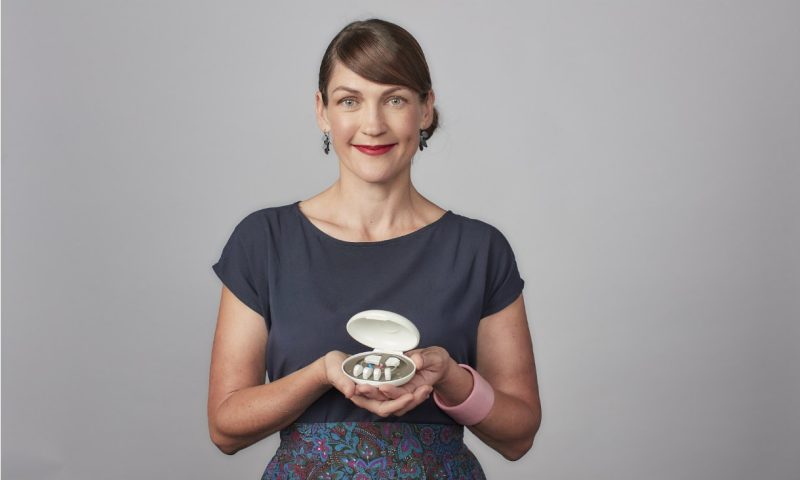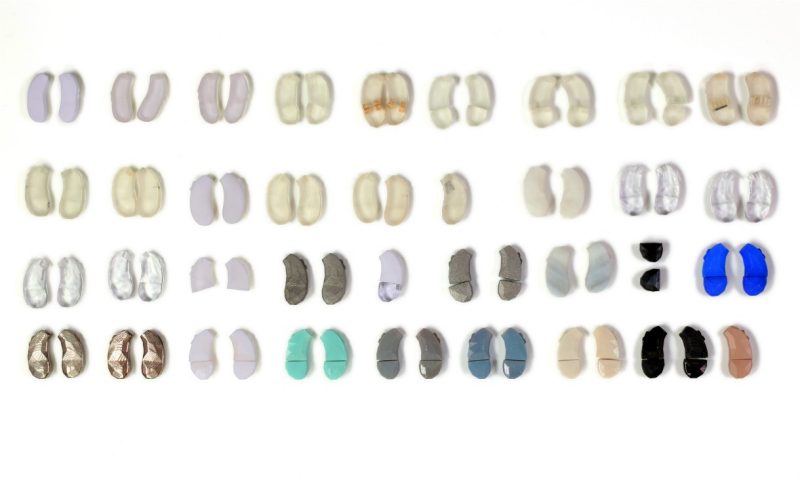A “world first” modular, self-fittable hearing aid has been developed by Blamey Saunders Hears. The Australian hearing company headquartered in Victoria made the medtech breakthrough using 3D printing to deliver multiple design iterations.
Named the Facett, Blamey Saunders’ latest hearing aid has been designed with “human-centred design principles in focus,” and comes with the added functionality of smartphone control.

Challenging social stigma
The Facett hearing aid was made in partnership with Extel Technologies, and Melbourne based RMIT University and Swinburne University. Together, the teams took it upon themselves to diminish social stigma associated with hearing loss.
Leah Heiss, a PhD researcher at Blamey Saunders, explains it was important “to understand, through empathy, the shame and embarrassment people feel when they have to deal with these medical apparatuses” when creating the design.

Redesigned for digital day to day use
Magnetic connectors on the aid allow the battery module to be swapped out in seconds, without the user having to remove the “core” module from their ears. This allows users to carry multiple batteries with them and avoids the often convoluted battery replacement procedures featured in other hearing aids.
Integration with an accompanying smartphone app improves the device’s usability. With this added feature, users can customise their hearing experience to isolate speech and reduce background noise, whilst a proprietary sound processor actively analyses the environment to make hearing as comfortable as possible.
In total, 130 prototypes of the Facett were made before reaching a final design, a process that would have taken much longer without the use of 3D printing.
Swinburne PhD candidate Jonathon Miegel adds, “The design and prototyping process was carried out in rapid iterations using a combination of computer-aided design software and various types of 3D printing.”

A history of medical aid
Due to the size and necessary customization aspect, hearing aids is one of the first truly profitable areas of 3D printing in medicine. Sonova introduced 3D printed hearing aids in 2001/2002, and has since updated these models with a 3D printed titanium device.
On a charitable basis, the Holy Land Institute for the Deaf and the volunteer organization 3DP4ME are also seeking to bring 3D printed hearing aids to disadvantaged populations in the Middle East, and researchers at the University of Maryland School of Medicine are working on using 3D printed prosthetic struts to restore hearing to those with damaged ossicles.
Vote for Application of the Year now in the 2018 3D Printing Industry Awards.
Subscribe to the 3D Printing Industry newsletter, follow us on Twitter, and like us on Facebook. 3D Printing Industry Jobs is live. Post a job or discover your next career move now.
Protolabs is sponsoring the 2018 3D Printing Industry Awards design competition. Submit your entries now with the chance of winning a 3D printer.
Featured image shows the Facett hearing aid. Photo via Blamey Saunders Hears.


